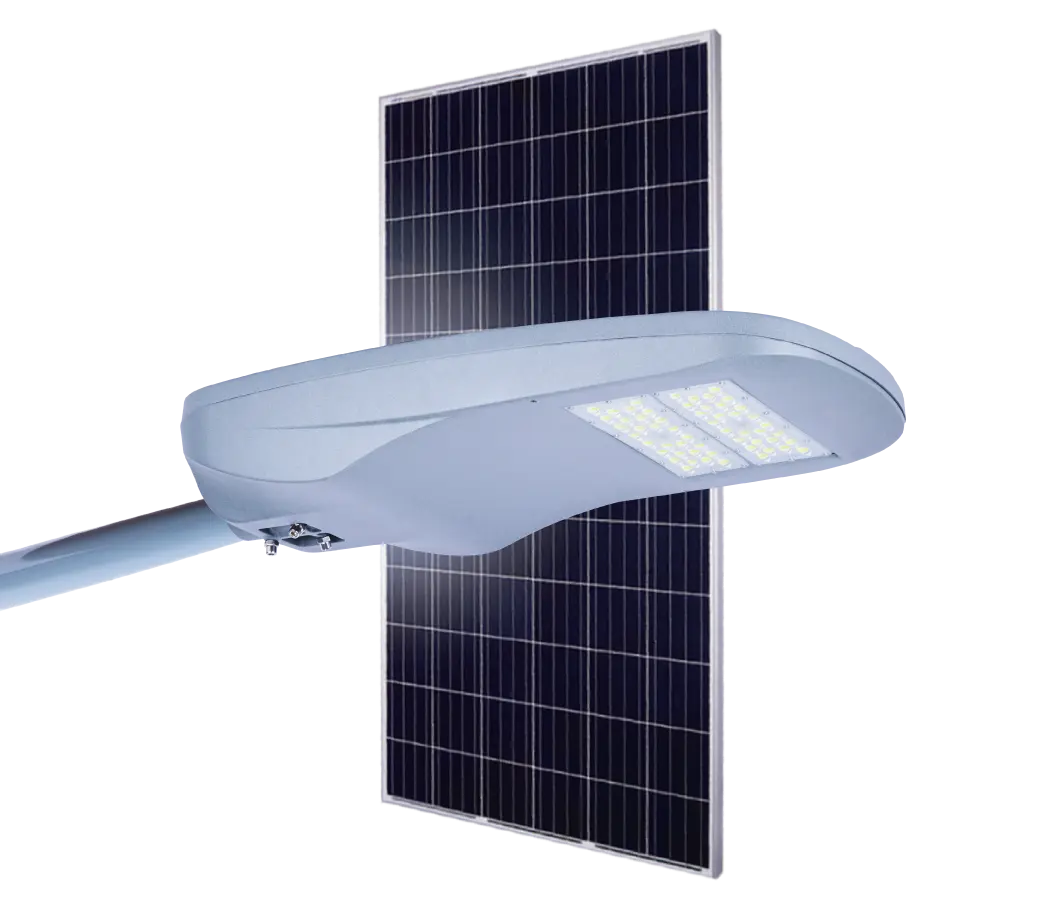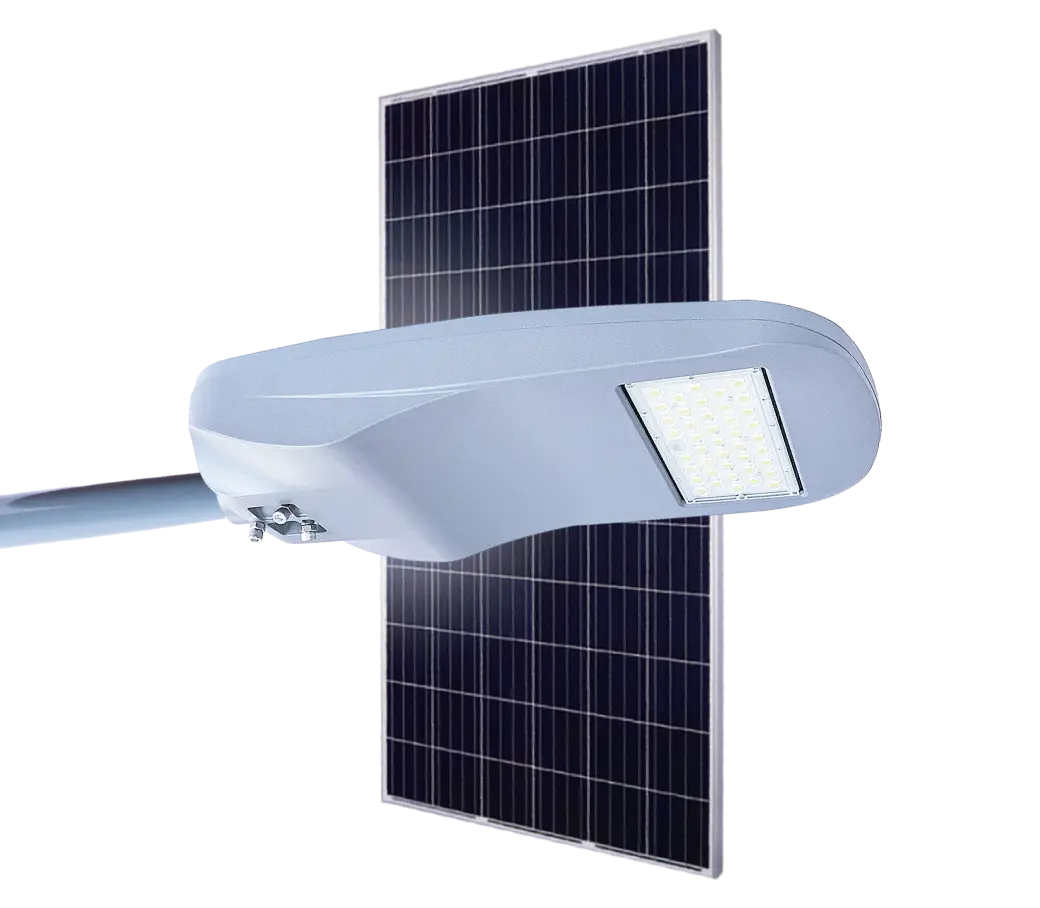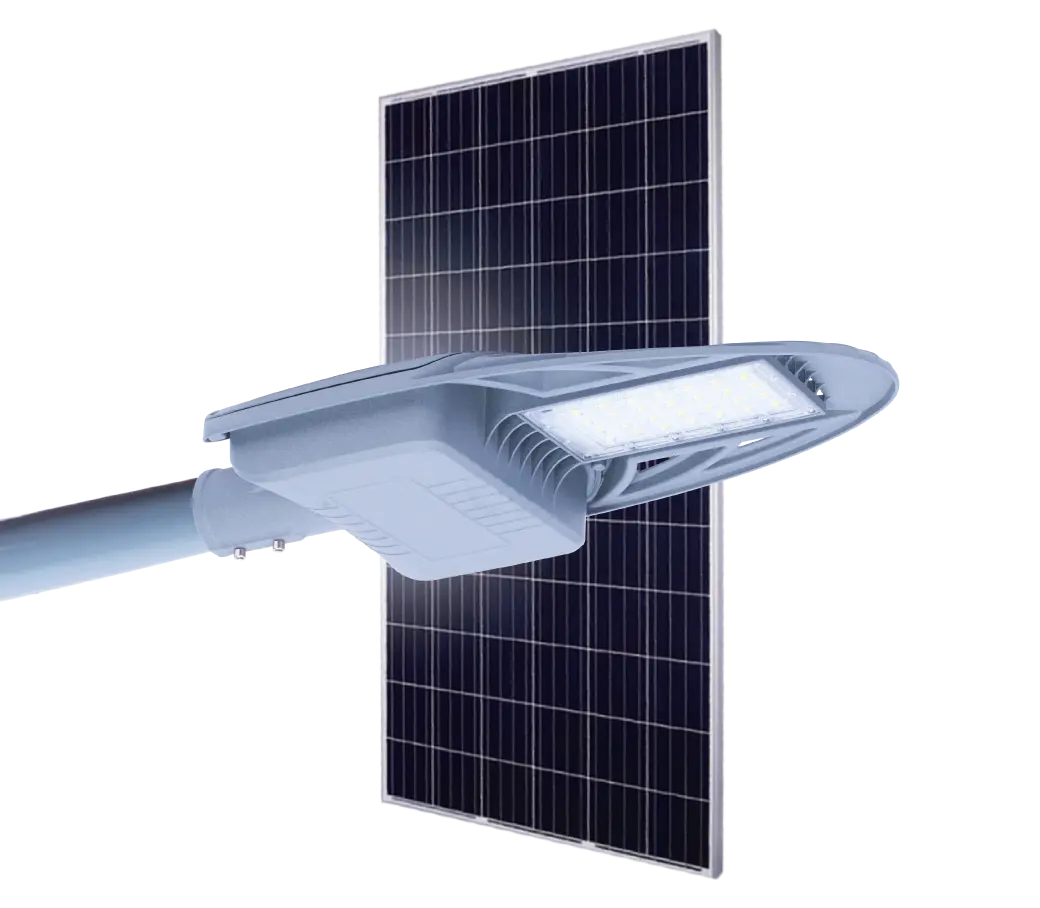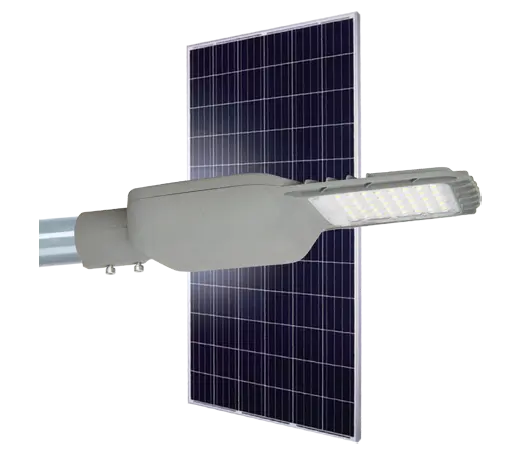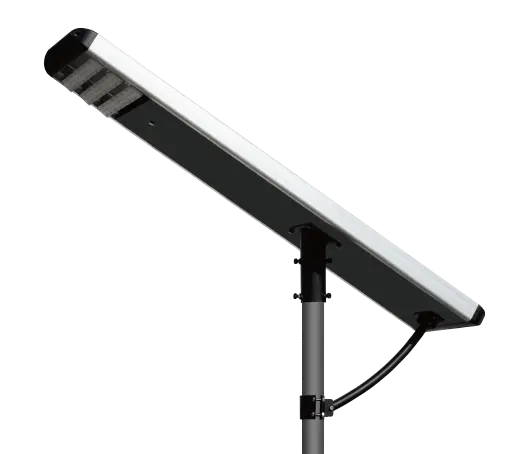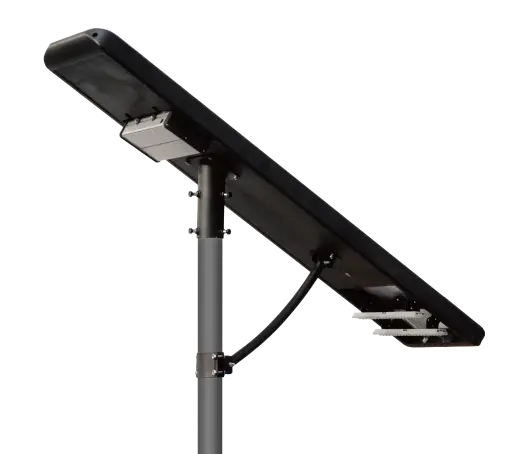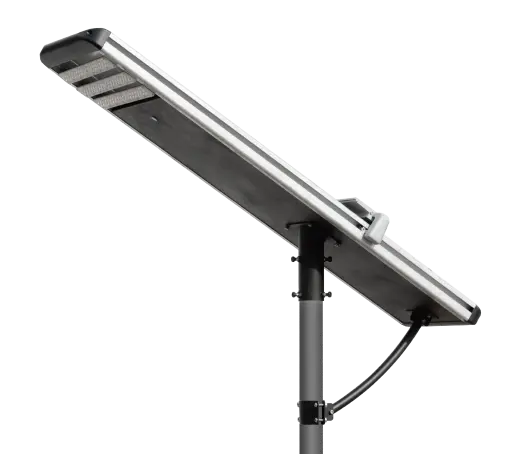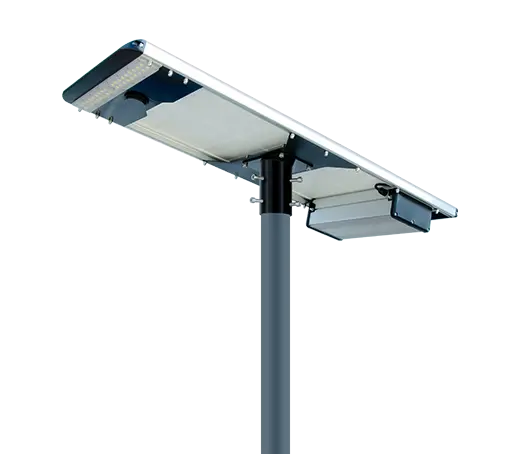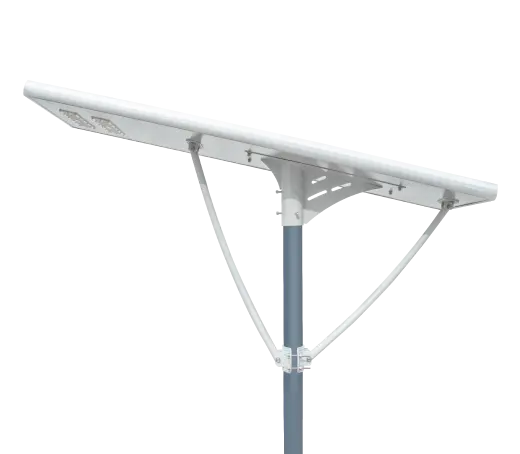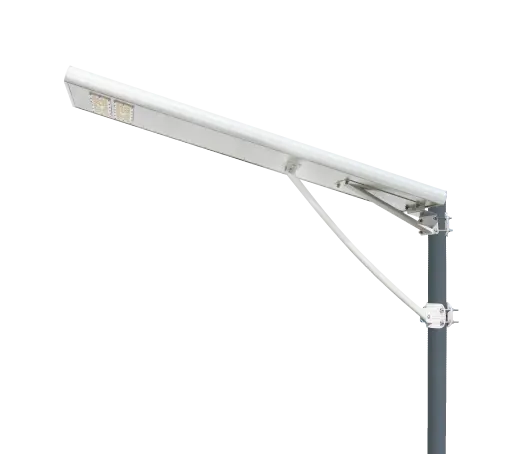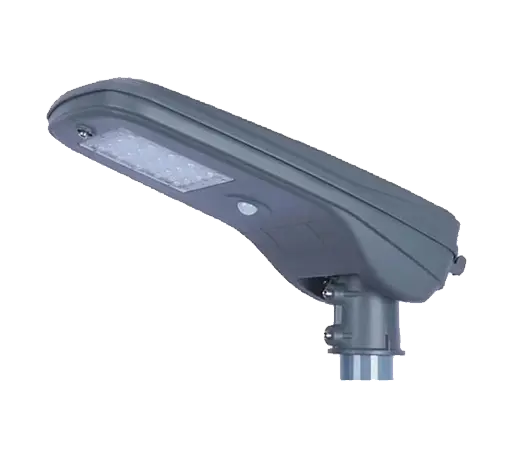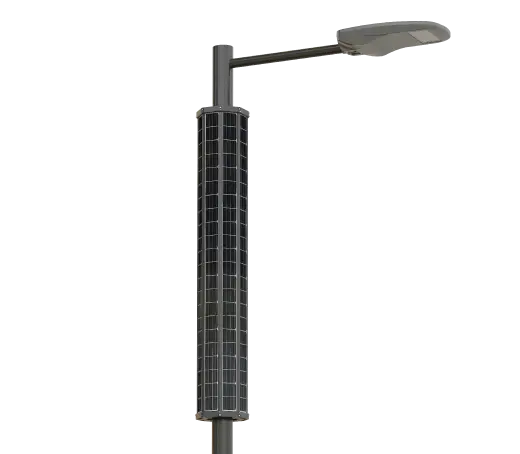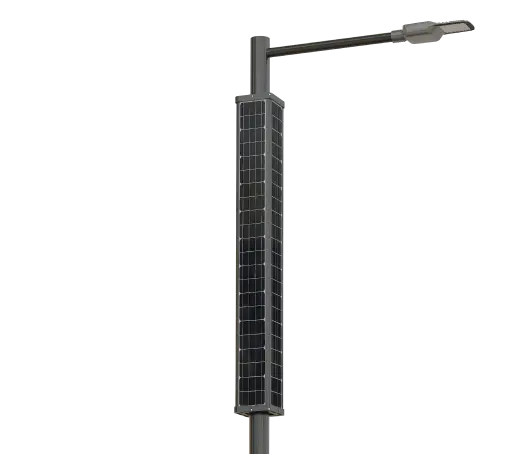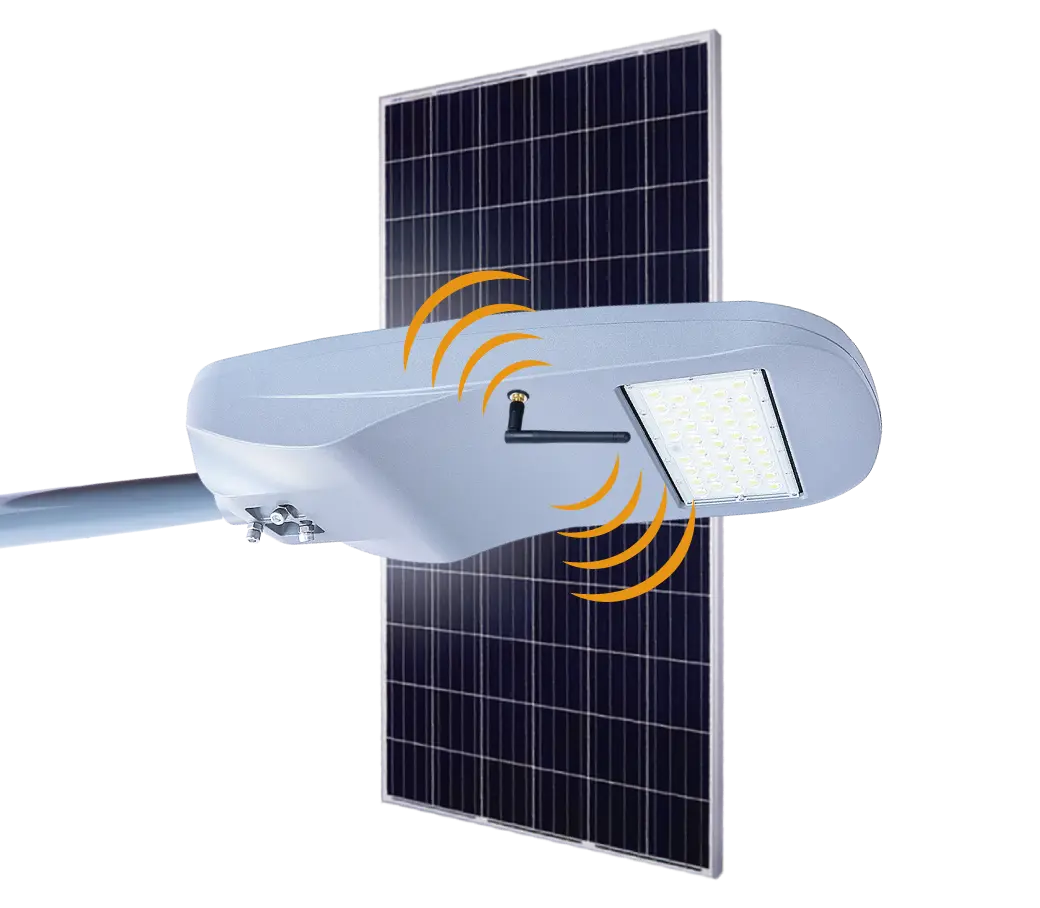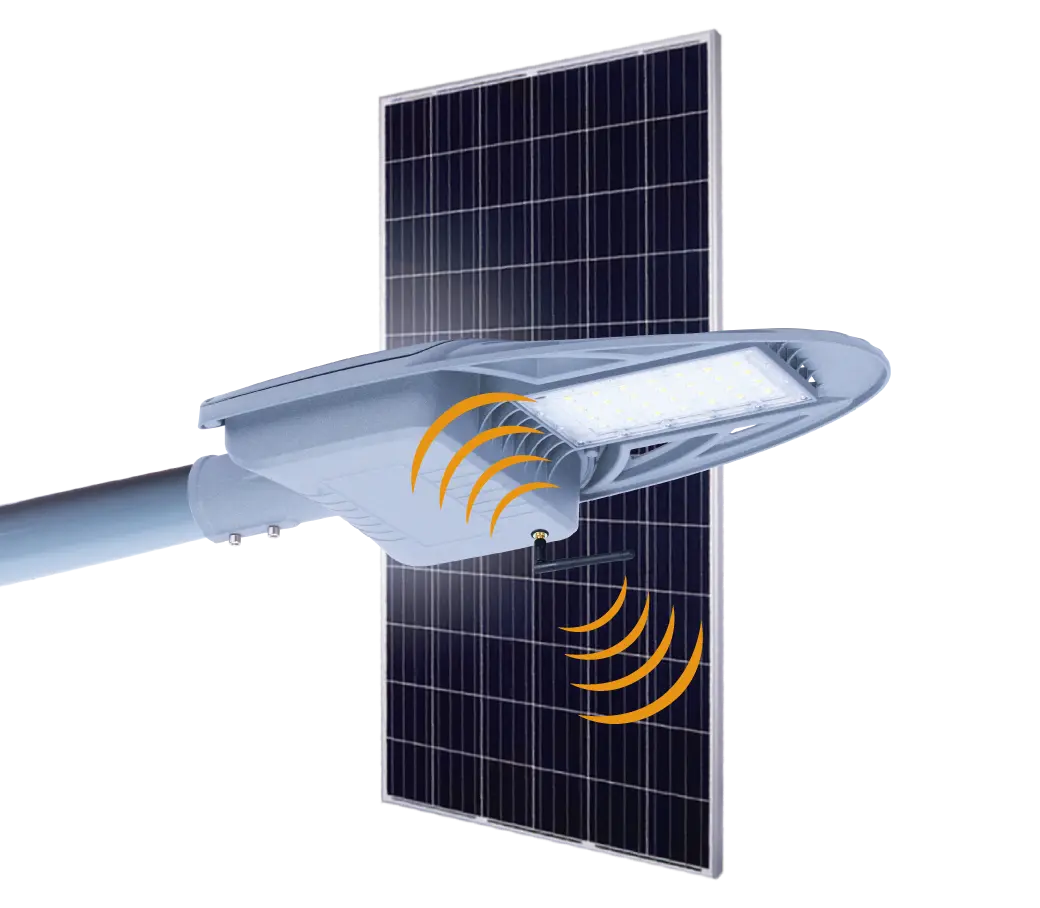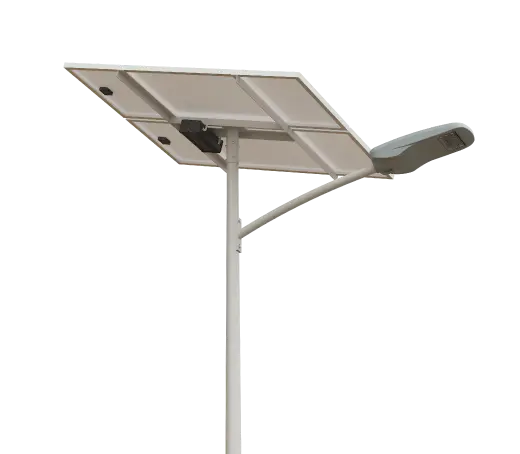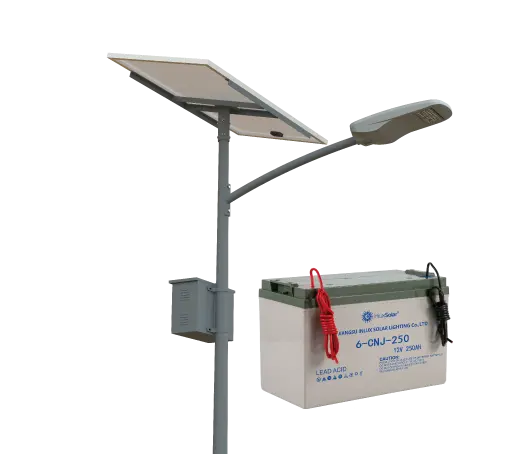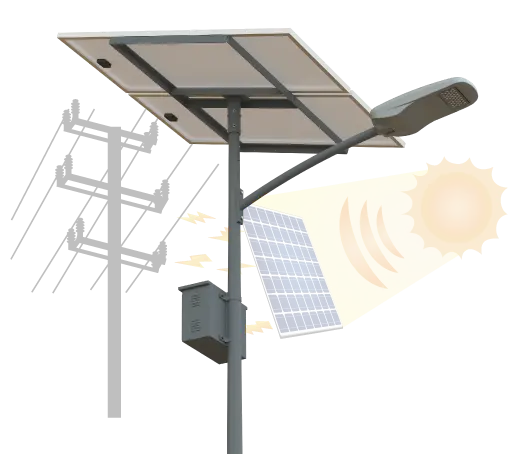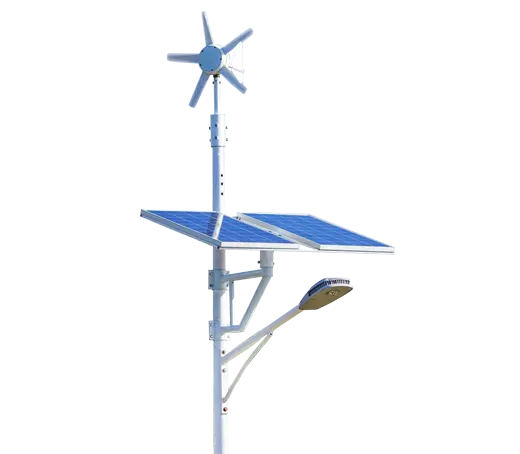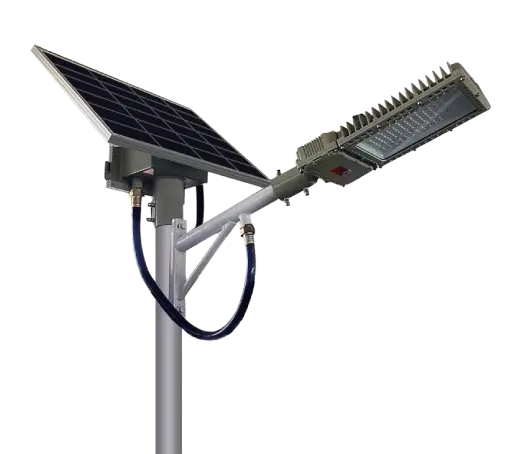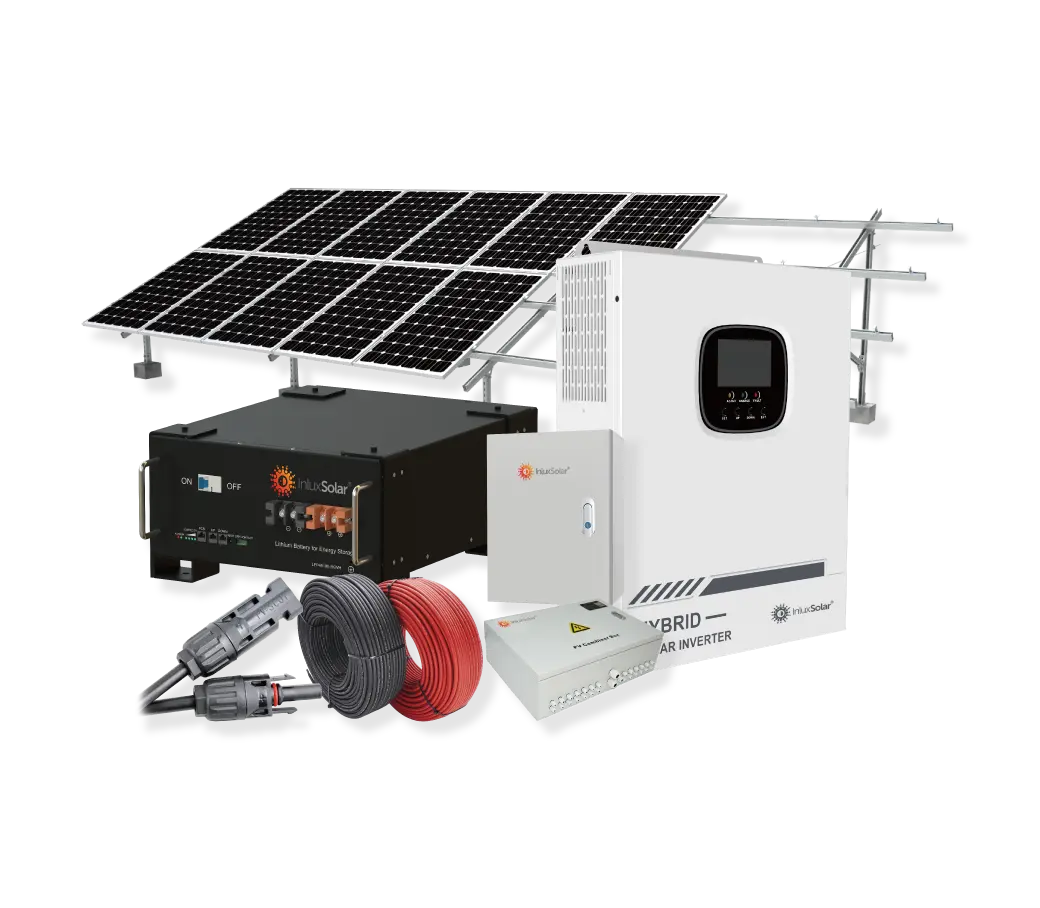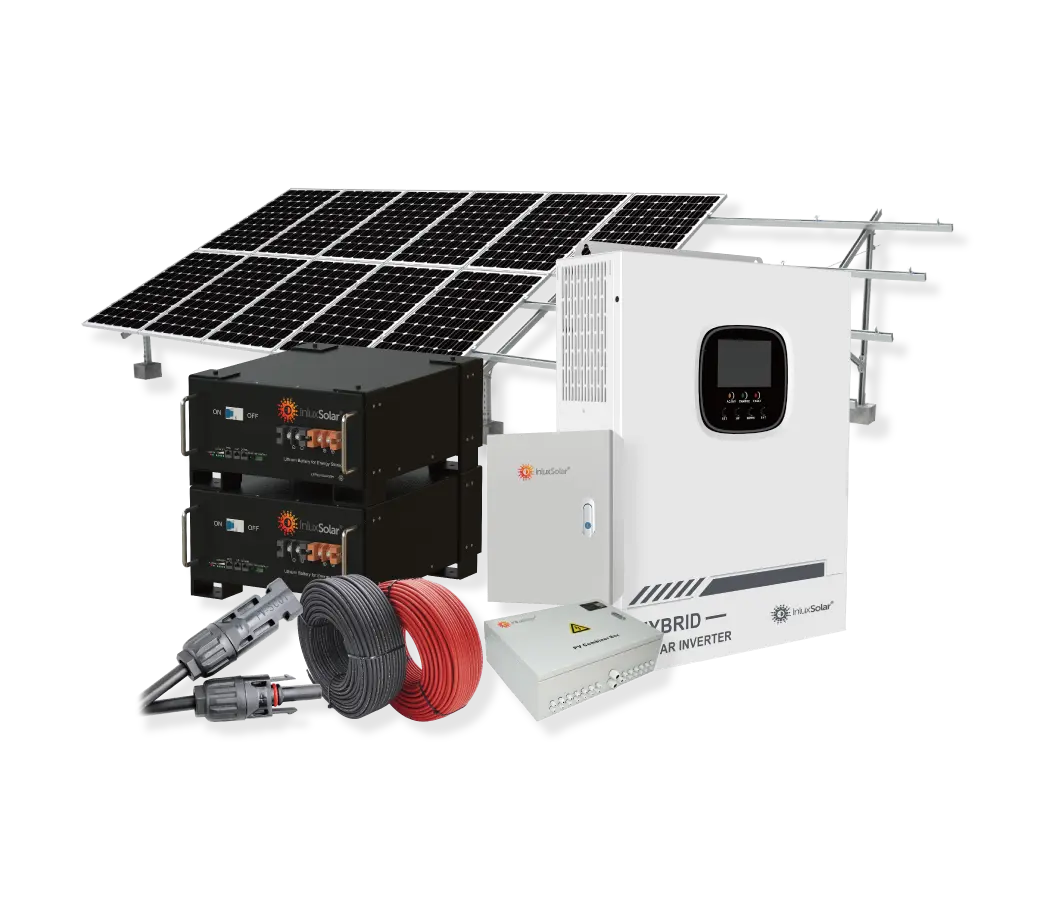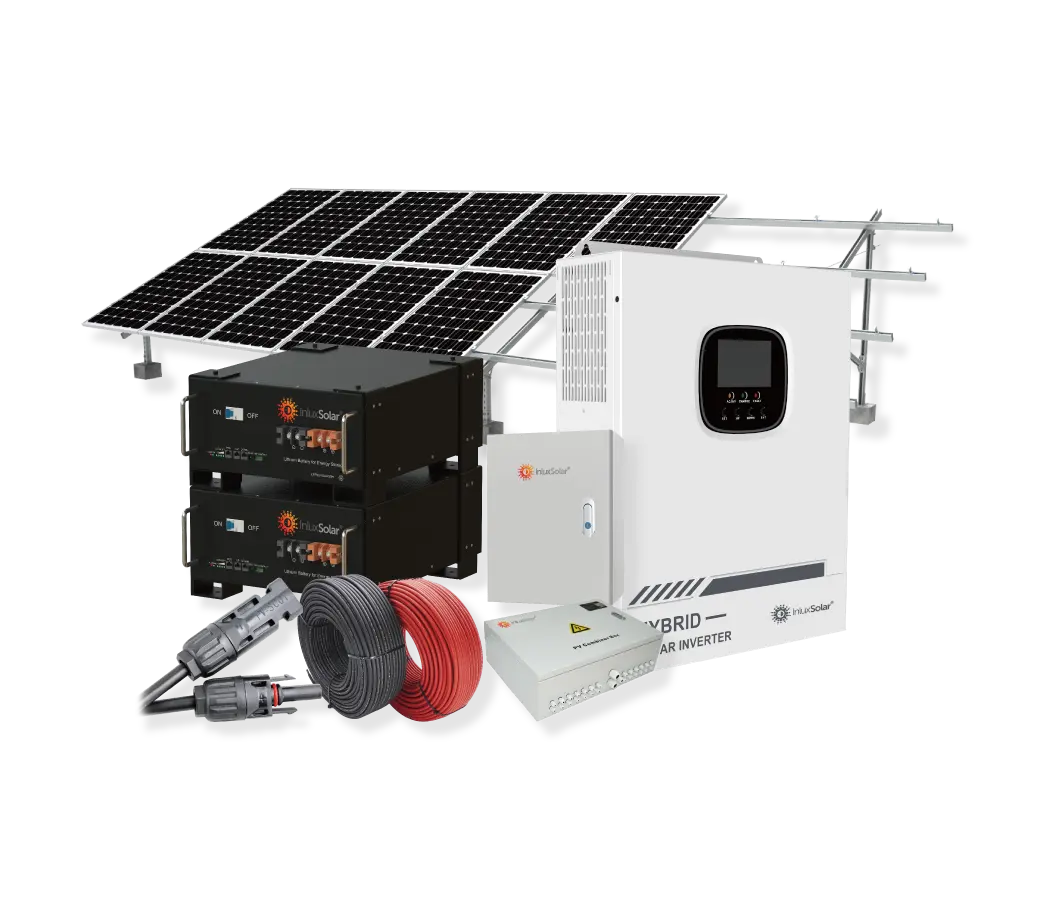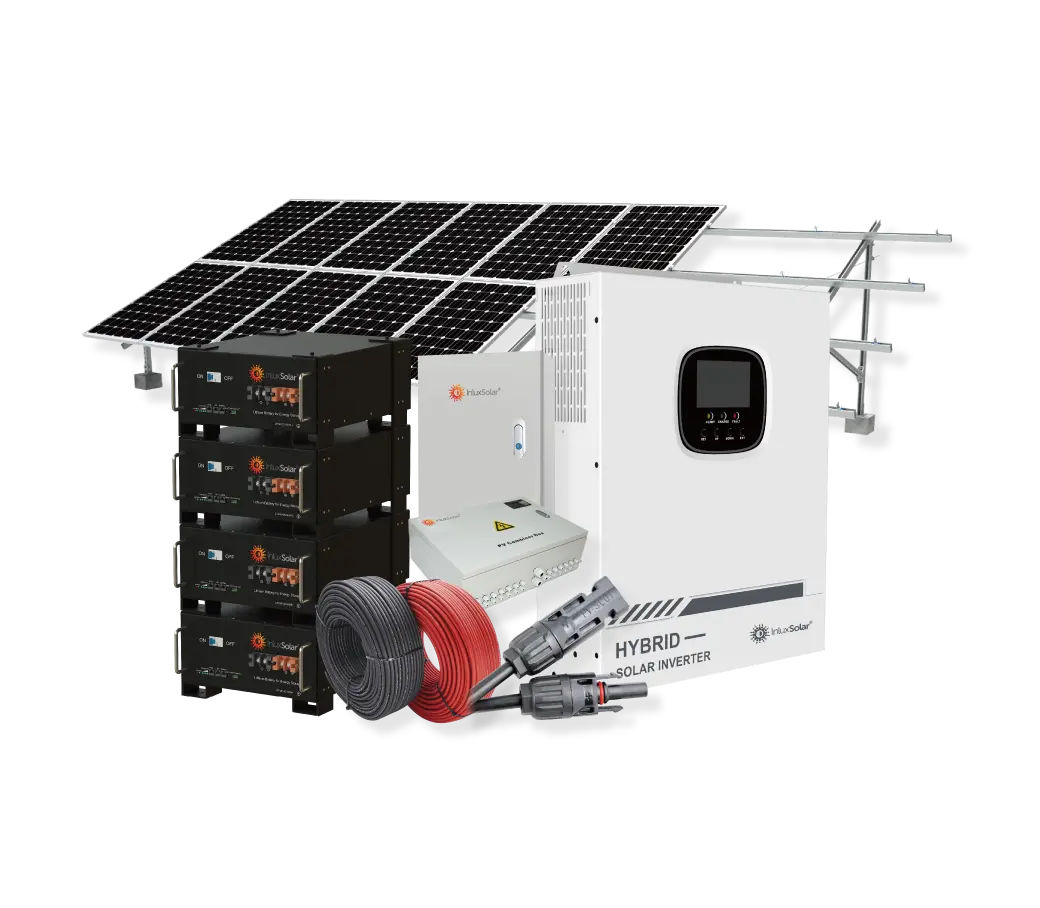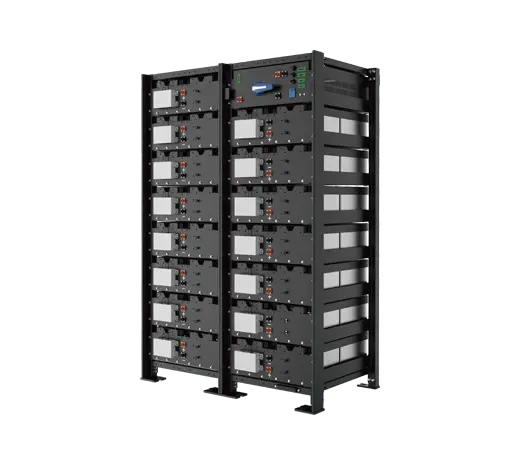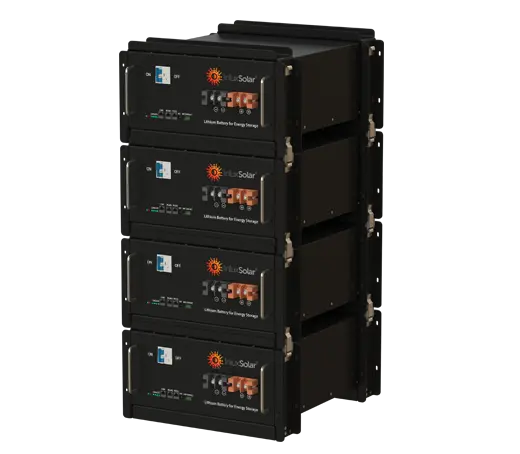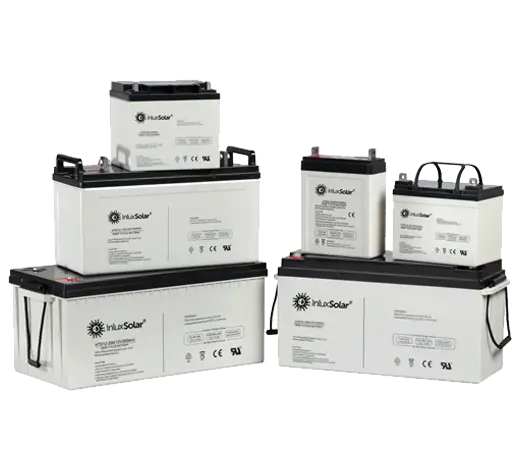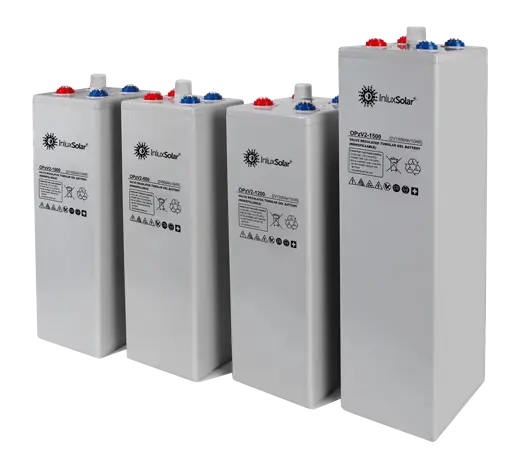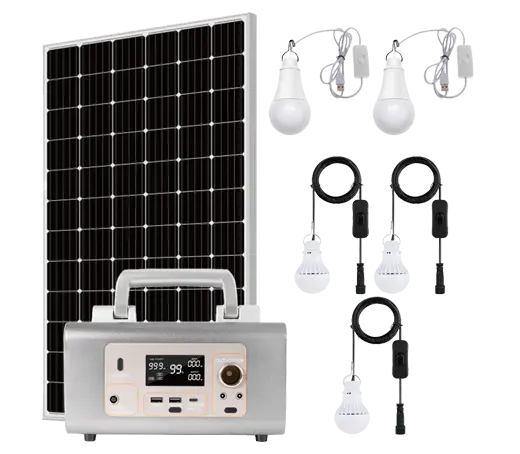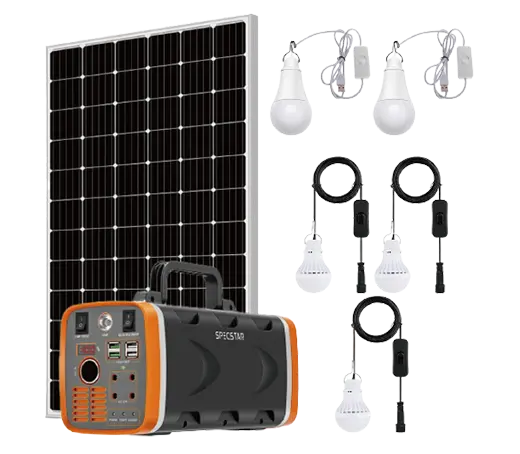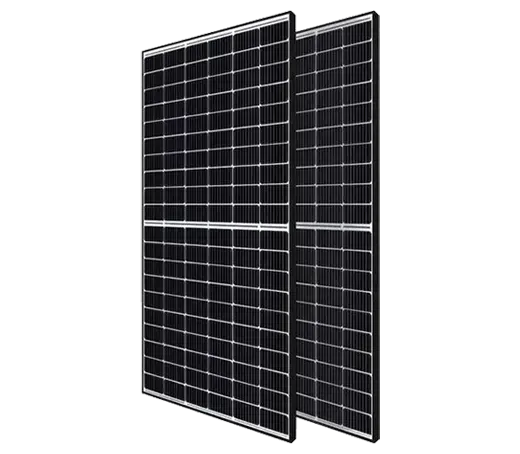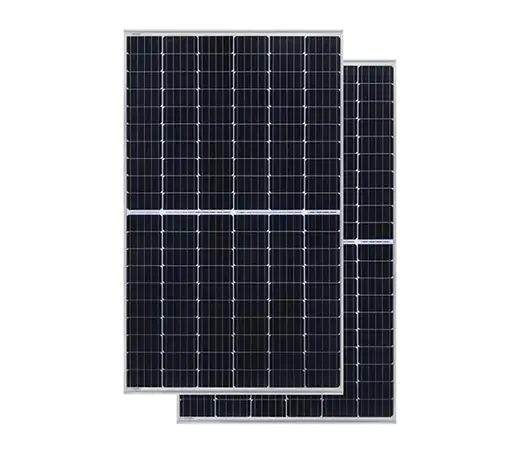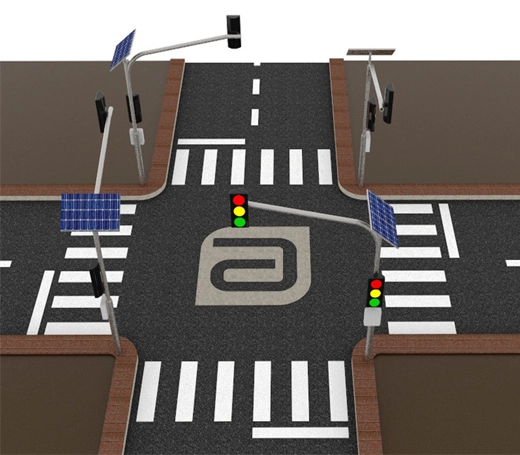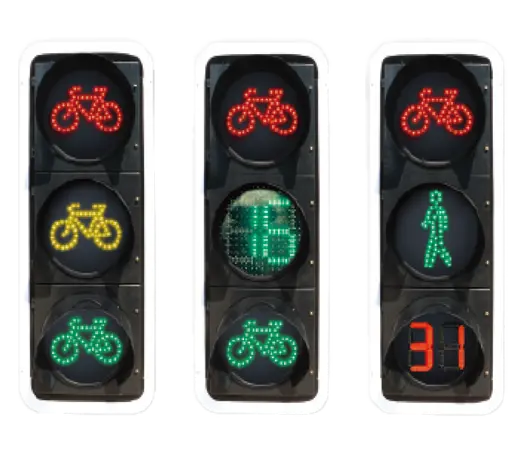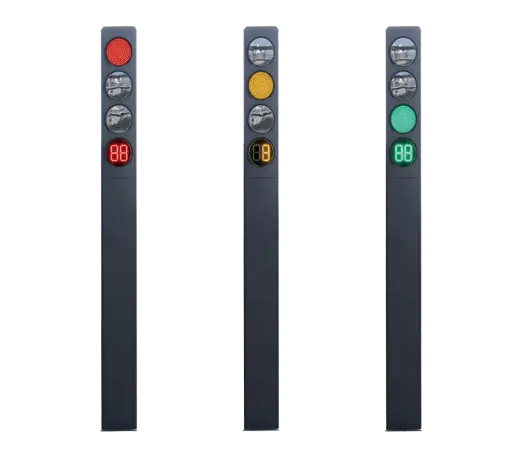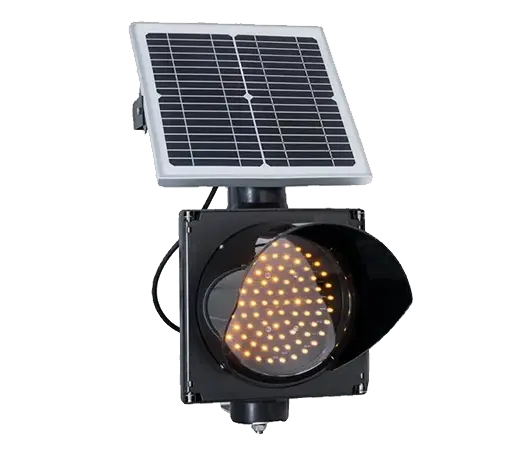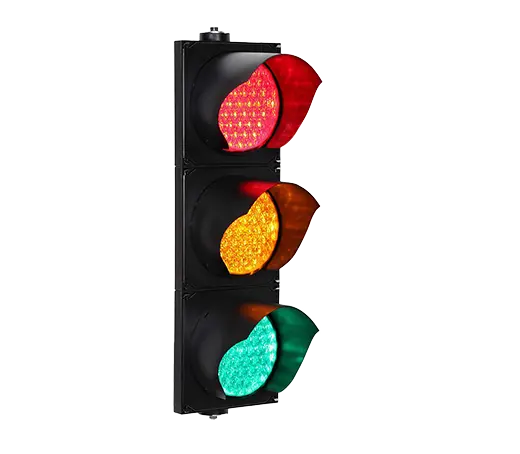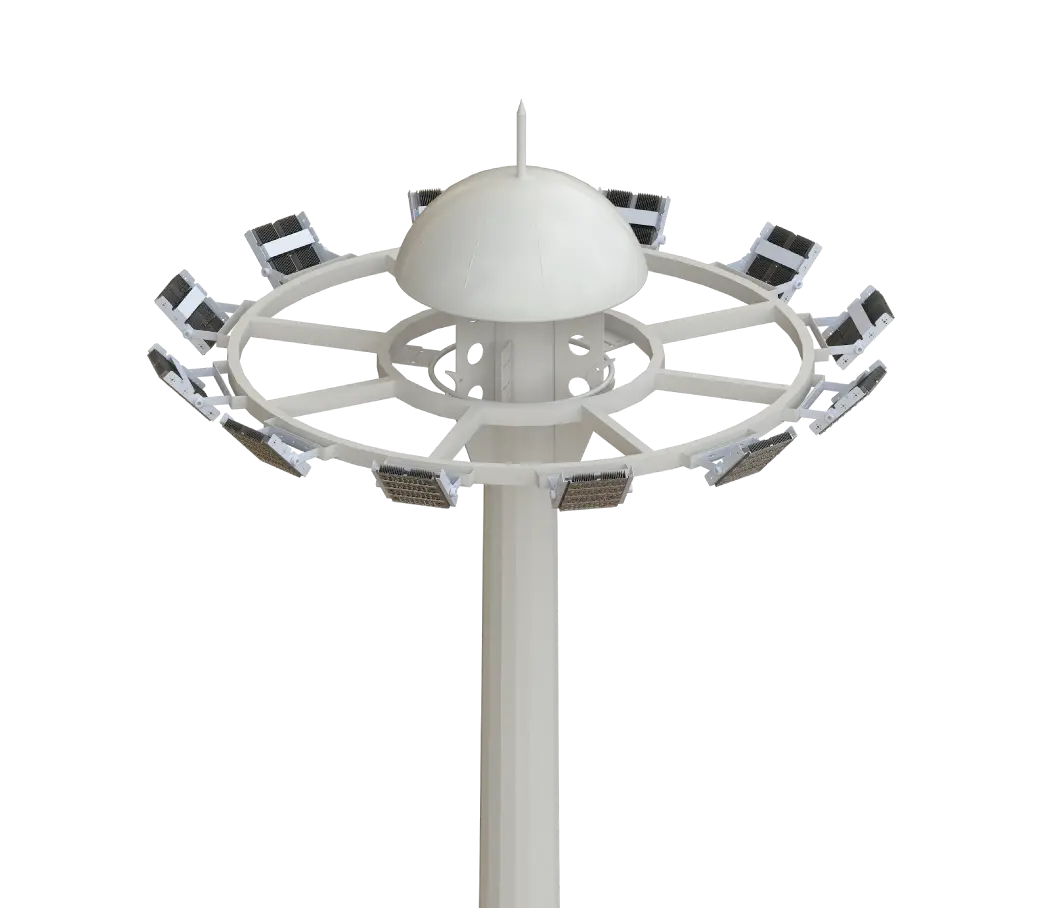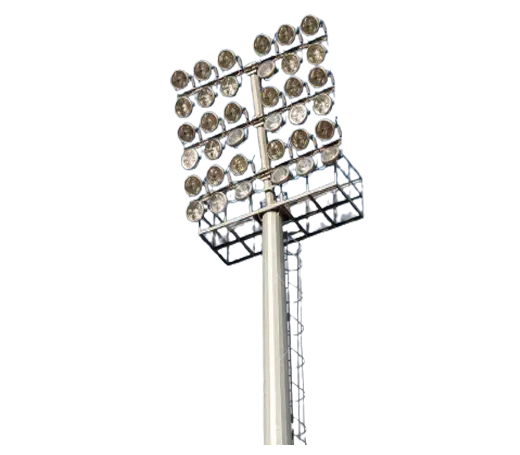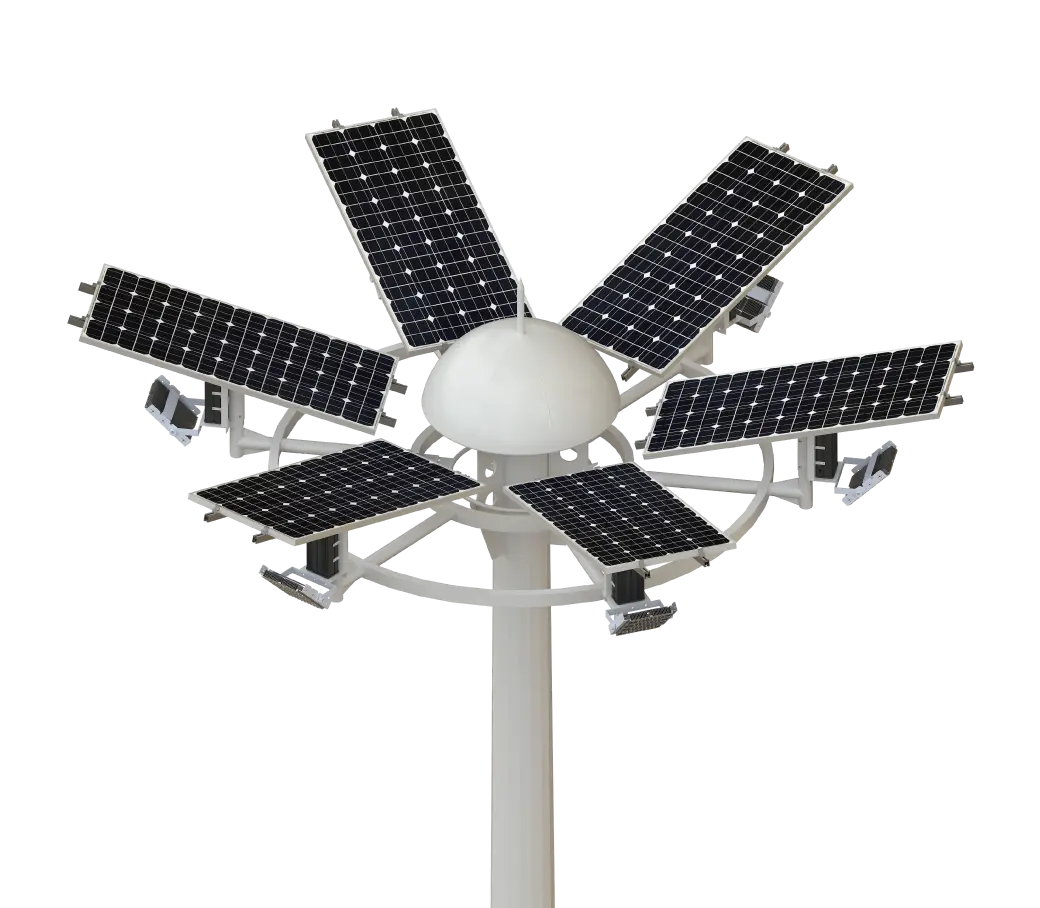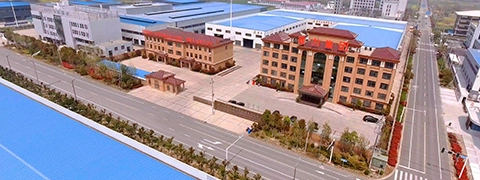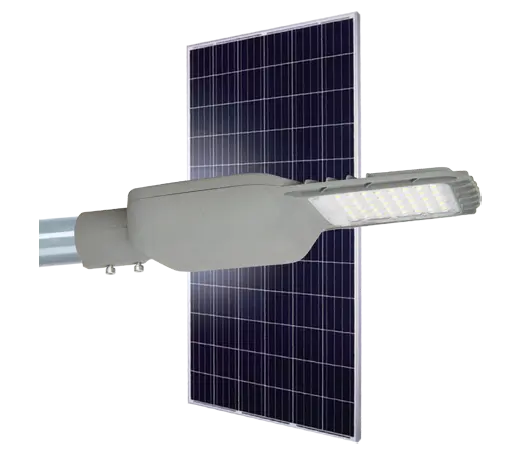In the realm of sustainable lighting solutions, solar LED street lights have become the epitome of innovation and eco-friendly brilliance. Understanding the intricate characteristics and principles behind these luminaries is essential for appreciating their significance in modern urban environments.
I. Illuminating the Path: Solar LED Street Lights Unveiled
Solar LED street lights, as the name suggests, combine the power of the sun with the efficiency of Light Emitting Diodes (LEDs) to illuminate our streets. These eco-conscious lighting solutions embody a fusion of cutting-edge technology and environmental responsibility, contributing to the global shift towards greener energy practices.
1. Solar LED Street Lights: An Overview
At the heart of solar LED street lights lies a solar panel array, converting sunlight into electrical energy during the day. This energy is stored in efficient rechargeable batteries, strategically positioned within the streetlight structure. As dusk descends, the intelligent control system triggers the LEDs, casting a powerful and energy-efficient glow on the streets below. This seamless transition between solar power generation and LED illumination characterizes the essence of these modern marvels.
2. Key Characteristics
A. Energy Efficiency
Solar LED street lights boast remarkable energy efficiency, owing to the inherent nature of LED technology. LEDs consume significantly less power compared to traditional lighting sources, translating into reduced energy costs and a smaller carbon footprint.
B. Environmentally Friendly
By harnessing solar energy, these street lights contribute to a cleaner and more sustainable environment. The absence of fossil fuels in their operation diminishes greenhouse gas emissions, aligning with global initiatives to combat climate change.
C. Autonomous Operation
Equipped with advanced sensors and control systems, solar LED street lights operate autonomously. They can intelligently adjust illumination levels based on ambient light conditions, ensuring optimal energy utilization and extending the lifespan of both the LEDs and batteries.
II. The Principles Governing Solar LED Street Lights
Delving into the principles governing solar LED street lights unveils the intricacies of their design and functionality.
1. Photovoltaic Power Generation
The core principle involves the conversion of sunlight into electricity through photovoltaic cells. These cells, usually arranged in solar panels, generate direct current (DC) as they absorb photons from sunlight.
2. Energy Storage
The generated DC is then directed to rechargeable batteries, strategically integrated into the streetlight structure. These batteries act as energy reservoirs, storing surplus power during the day for use during nighttime.
3. Intelligent Control Systems
To ensure efficient operation, solar LED street lights employ intelligent control systems. These systems incorporate sensors that detect ambient light levels, triggering the illumination process when required. Additionally, they manage charging and discharging cycles, optimizing energy usage and prolonging the system's overall lifespan.
4. LED Illumination
The final stage involves the use of Light Emitting Diodes for street lighting. LEDs offer unparalleled efficiency, longevity, and directional light distribution, making them an ideal choice for sustainable urban lighting.
III. Embracing a Brighter Future with Solar LED Street Lights
As we navigate the complexities of modern urban planning, embracing sustainable technologies like solar LED street lights becomes imperative. Their characteristics, grounded in energy efficiency and environmental responsibility, align with our collective commitment to creating brighter, cleaner, and more resilient cities. These luminaries stand not just as beacons of light but as symbols of a future where innovation and sustainability walk hand in hand, lighting the way towards a greener tomorrow.


 SolutionsInlux Solar Street Lights are designed to provide energy-efficient lighting solutions for a wide range of applications. They are particularly suitable for use in rural areas, highways, city streets, public parks, sidewalks, parking lots, and commercial properties.
SolutionsInlux Solar Street Lights are designed to provide energy-efficient lighting solutions for a wide range of applications. They are particularly suitable for use in rural areas, highways, city streets, public parks, sidewalks, parking lots, and commercial properties. Projects1000+ Projects in 100+ Countries
Projects1000+ Projects in 100+ Countries About UsAs a Leading international manufacturing company, INLUX SOLAR develops and manufactures advanced solar outdoor lighting and power system solutions for the worldwide commercial & municipal projects.
About UsAs a Leading international manufacturing company, INLUX SOLAR develops and manufactures advanced solar outdoor lighting and power system solutions for the worldwide commercial & municipal projects. English
English français
français Español
Español
